1. The Cosby Show Changed the Conversation About Black Families

The Cosby Show was revolutionary for its portrayal of an affluent, loving Black family in a mainstream setting. It broke away from the usual negative stereotypes of Black families in media, offering a fresh narrative with well-rounded characters like Cliff and Clair Huxtable, who were both highly educated and successful professionals. The show didn’t just entertain; it normalized the idea of a Black family living a fulfilling, middle-class life, which had been largely absent from TV at the time.
Beyond its cultural significance, The Cosby Show also reflected the changing dynamics of race in America during the ’80s. It showcased Black excellence in ways that had never been done before, and its impact reached beyond TV, influencing everything from fashion to education. The Huxtables became an aspirational family model for millions, proving that TV could be both a source of entertainment and a powerful tool for social change.
2. ALF Dared to Be Different with Its Alien Comedy
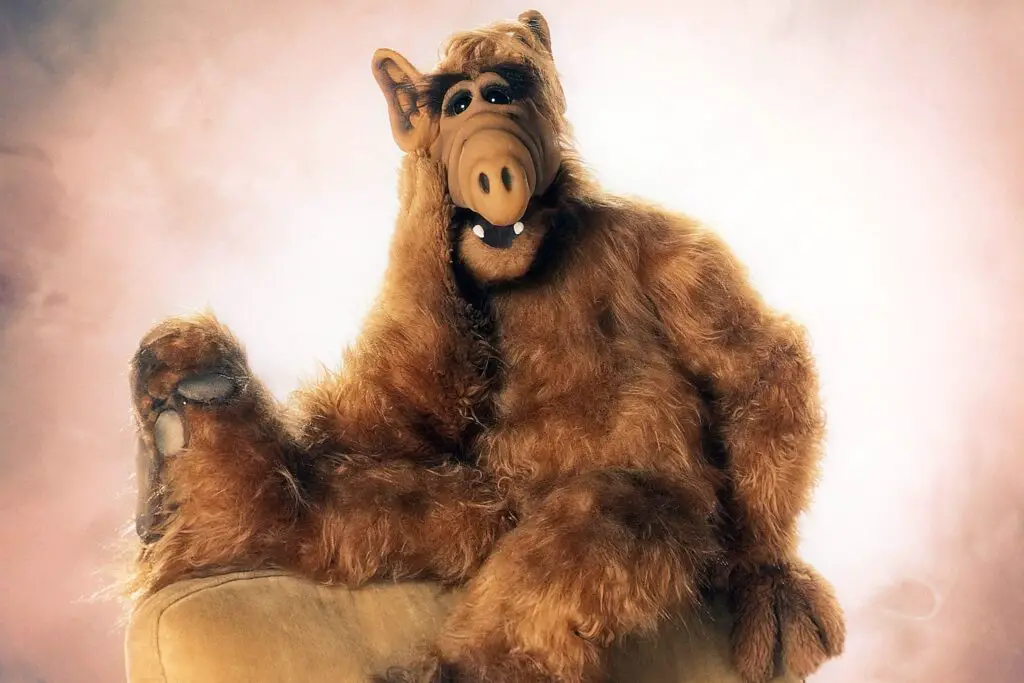
ALF was unlike anything else on TV when it premiered in 1986. The series revolved around Gordon Shumway, an alien from the planet Melmac, who crash-landed in the backyard of the Tanner family. The premise itself was a strange mix of sci-fi and family sitcom, but it worked in ways that only ’80s TV could. Its unique premise and blend of humor with absurdity allowed ALF to tackle human issues—family dynamics, acceptance, and what it means to belong—in a way that felt ahead of its time.
The show was also groundbreaking in its use of a puppet as the main character, which was a risky move at the time. ALF’s sarcastic humor and out-of-this-world perspective made him a lovable character, and the show’s offbeat charm predicted the wave of quirky, unconventional sitcoms that would follow in later years. Though ALF was short-lived, it left a lasting mark on TV, influencing shows like 3rd Rock from the Sun and Futurama.
3. The Twilight Zone (1985) Reimagined Sci-Fi for a New Generation
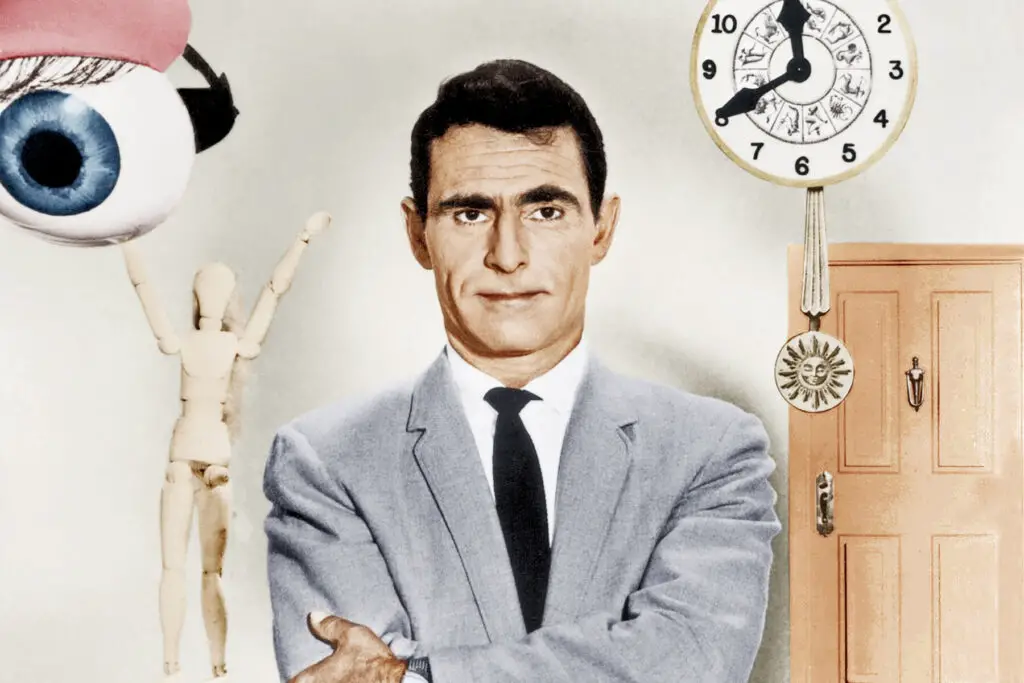
In 1985, The Twilight Zone was revived with a fresh perspective on the classic anthology series, pushing the boundaries of science fiction and social commentary even further than before. While the original series from the ’50s and ’60s had already set the standard for thought-provoking TV, the ’80s version of The Twilight Zone gave a modern twist to the genre, tapping into fears of the Cold War and growing technology. Episodes covered everything from government surveillance to the dangers of unchecked technological advancement—topics that resonate just as strongly today.
The revival of The Twilight Zone also embraced cutting-edge special effects for its time, making the strange worlds it created feel even more surreal. Its ability to blend moral lessons with eerie, mind-bending twists helped keep the show relevant, reminding viewers that social commentary could still be found in the most bizarre of sci-fi scenarios. The 1985 series showed that, even in an era of increasingly flashy TV, subtlety and intellectual engagement could still captivate audiences.
4. Max Headroom Explored the Dangers of Media and Technology
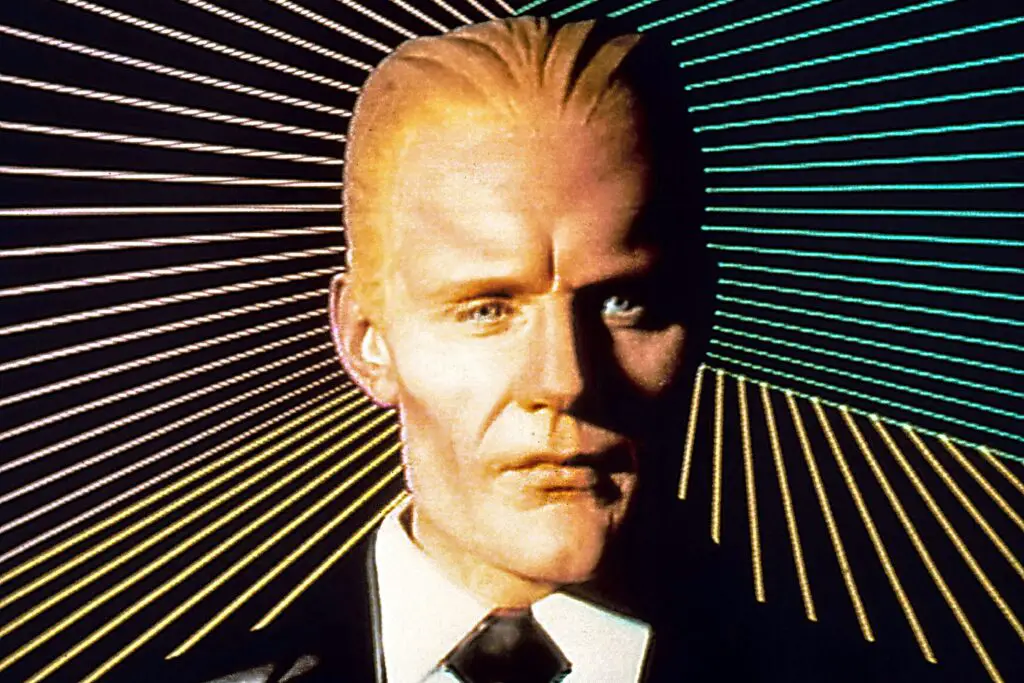
Max Headroom was ahead of its time in almost every way, predicting the rise of reality TV, the blending of media with technology, and the dangerous effects of media saturation. Set in a dystopian future where TV networks controlled everything, the show followed the adventures of a cyborg news anchor named Max, played by Matt Frewer. The series served as both a critique of the growing influence of television and a dark look at how corporations could manipulate reality.
The show’s cyberpunk aesthetic and its exploration of virtual reality and media ethics felt like a bizarre premonition of the world we would come to live in today, where social media and reality TV dominate much of our daily lives. Its futuristic take on television and culture resonated with a generation that was just starting to realize the overwhelming impact of media on their lives, making Max Headroom a visionary series that has influenced everything from Black Mirror to The Matrix.
5. Cagney & Lacey Paved the Way for Women in Law Enforcement Roles
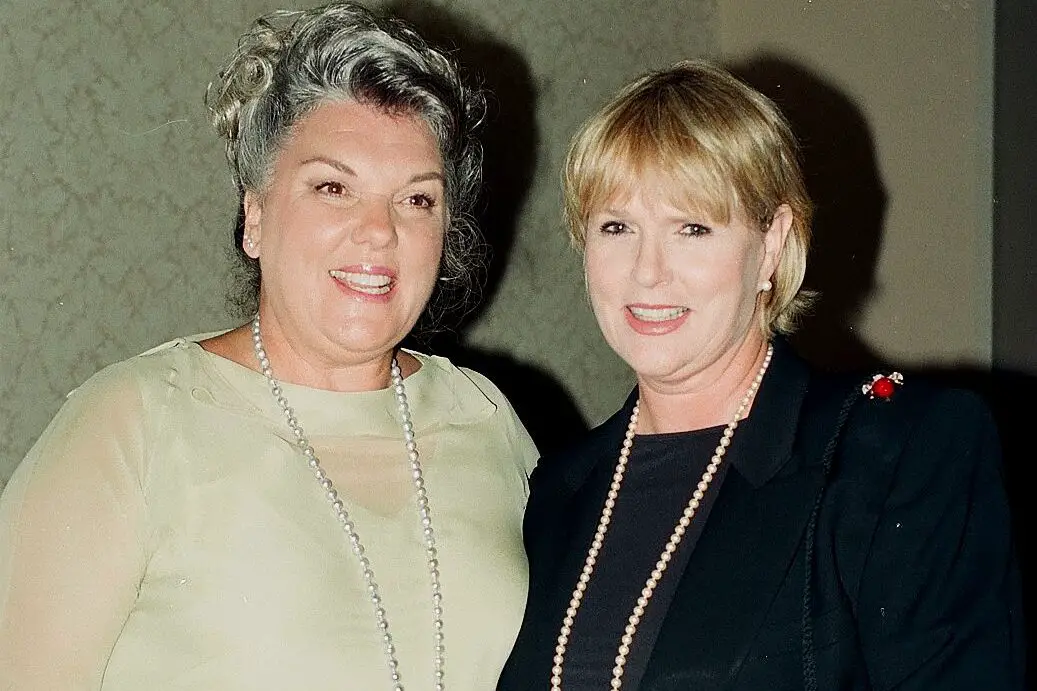
Before Cagney & Lacey hit the airwaves in 1982, women in law enforcement were rarely portrayed as anything more than secondary characters or stereotypes. But the show’s portrayal of two female detectives in New York City turned that on its head. Both Cagney and Lacey were strong, professional women, dealing with everything from sexism in the workplace to the challenges of balancing their careers with their personal lives. It was a groundbreaking move for the time, addressing issues that weren’t widely discussed on TV.
The success of Cagney & Lacey was not just about the strong female leads but also about how the show portrayed women as complex, multidimensional characters. It was one of the first shows to show women in roles that were typically reserved for men, influencing later TV shows and films that would feature female law enforcement officers as the leads, such as The Closer and CSI. The show was not just ahead of its time in its portrayal of women in power—it was revolutionary.
6. Moonlighting Blended Genres Like Never Before
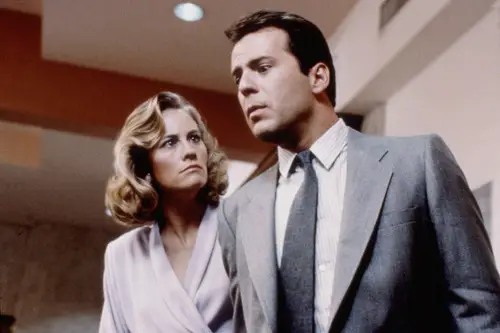
Moonlighting was a show that defied genre, blending elements of comedy, romance, mystery, and drama in ways that hadn’t been seen before. The chemistry between Bruce Willis and Cybill Shepherd was undeniable, but what really made the show stand out was how it mixed genres with a level of sophistication and wit that was groundbreaking for television at the time. It wasn’t just a procedural or a traditional comedy—it was something much more fluid, a show that could balance quirky humor with a genuine sense of suspense.
The show’s unique format inspired many later dramedies, showing that a balance of humor and high-stakes drama could work. Moonlighting was a precursor to shows like The X-Files, Castle, and Bones, which blended various genres to tell compelling, sometimes absurd, yet entertaining stories. The chemistry between the leads, paired with the genre-bending narrative, made Moonlighting a cult classic and a testament to how innovative ’80s TV could be.
7. Pee-Wee’s Playhouse Redefined Kids’ TV with Surreal Creativity
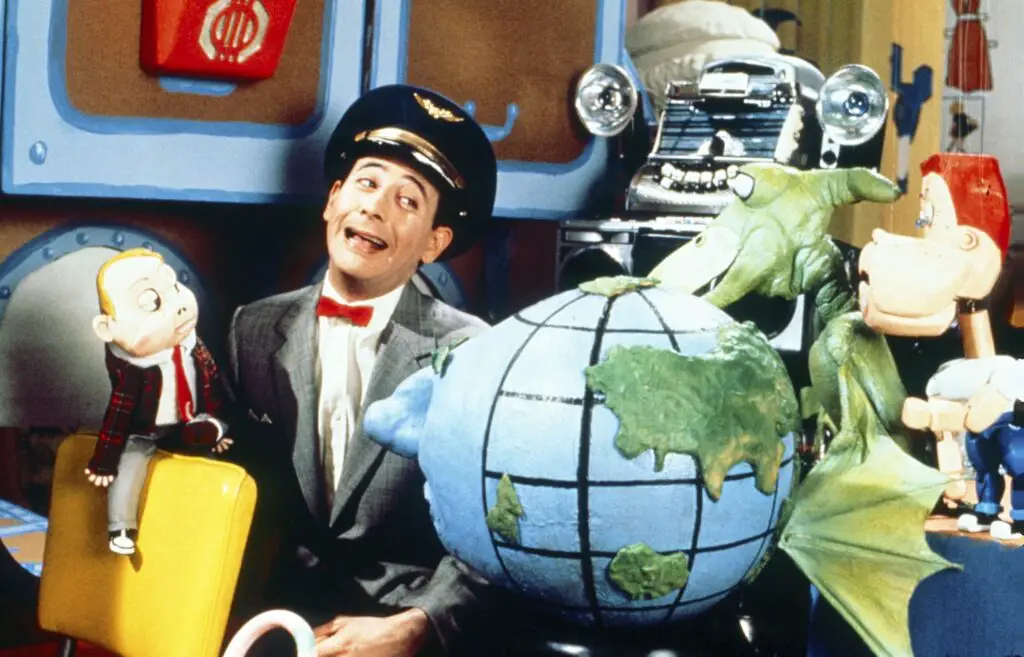
Pee-Wee’s Playhouse was an entirely new concept for children’s television when it debuted in 1986. Combining surreal comedy, whimsical sets, and a completely offbeat narrative, the show captivated audiences of all ages. Pee-Wee Herman, played by Paul Reubens, created a world where anything could happen, from animated furniture to quirky characters like Chairry and Magic Screen. The show was a visual feast, with its bright colors, out-of-the-box humor, and avant-garde style that was unlike anything else on kids’ TV at the time.
It wasn’t just a children’s show—it was a cultural phenomenon that would go on to influence many creative endeavors in the decades that followed. Pee-Wee’s Playhouse pushed boundaries in the ’80s, offering something that was as much an art piece as a TV show. The bizarre yet lovable world Pee-Wee inhabited showed that kids’ programming didn’t have to be predictable or conform to traditional norms, paving the way for more experimental shows like Yo Gabba Gabba! and The Mighty Boosh.
